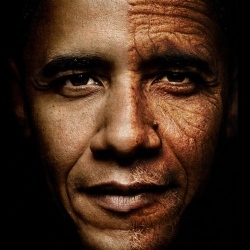
Scientists are starting to understand why one person’s face can look so different from another’s. Working on mice, researchers have identified thousands of small regions of DNA that influence the way facial features develop. The study also shows that tweaks to genetic material can subtly alter face shape.
The findings, published in Science, could also help researchers to learn how facial birth defects arise. The researchers said that although the work was carried out on animals, the human face was likely to develop in the same way. Professor Axel Visel, from the Joint Genome Institute at the Lawrence Berkeley National Laboratory in California, told BBC News: "We’re trying to find out how these instructions for building the human face are embedded in human DNA.
"Somewhere in there there must be that blueprint that defines what our face looks like."
The international team has found more than 4,000 "enhancers" in the mouse genome that appear to play a role in facial appearance. These short stretches of DNA act like switches, turning genes on and off. And for 200 of these, the researchers have identified how and where they work in developing mice.
Prof Visel said: "In the mouse embryos we can see where exactly, as the face develops, this switch turns on the gene that it controls."
